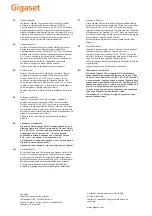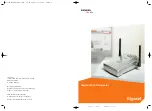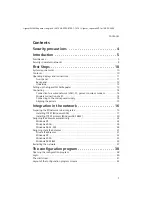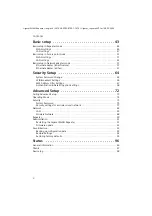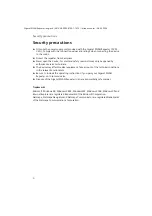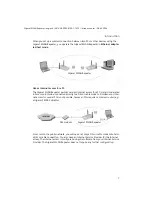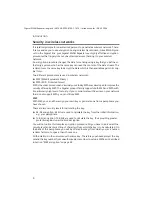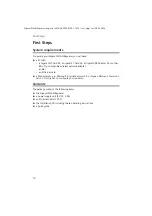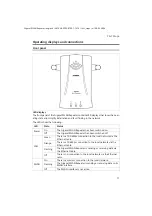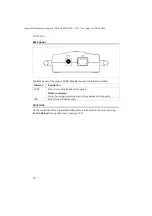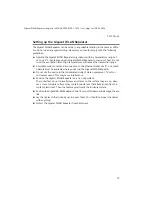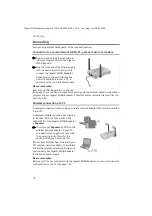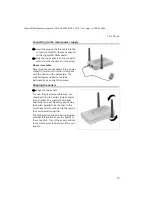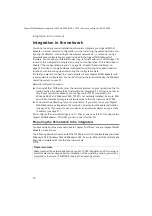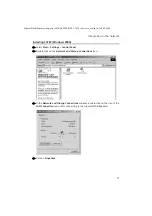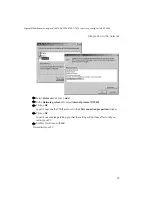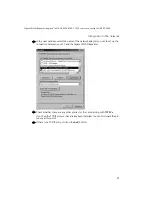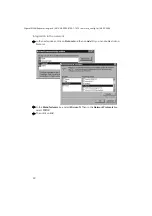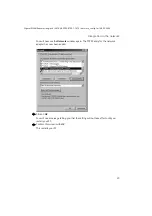
8
Introduction
Gigaset WLAN Repeater/ englisch / A31008-E505-B105-1-7619 / introduction.fm / 08.03.2004
Security in wireless networks
It is relatively simple for unauthorised persons to penetrate a wireless network. There-
fore we advise you to use encryption during wireless transmission. Like all WLAN prod-
ucts in the Gigaset line, your Gigaset WLAN Repeater uses highly effective encryption
procedures that largely rule out unauthorised access (hacking) to your wireless
network.
An encryption procedure changes the data for sending using a key that you define so
that only a person who has the same key can read the content of the data stream. The
recipient uses the same key to decrypt the data which is then available again in its orig-
inal form.
Two different procedures are used in wireless networks:
u
WEP (Wired Equivalent Privacy)
u
WPA (Wi-Fi Protected Access)
WEP is the older procedure and is widely used today. WPA was developed to improve the
security offered by WEP. The Gigaset product family supports both WEP and WPA with
its particularly high level of security. If you communicate with devices on your network
that do not support WPA, you can still use WEP.
WEP
With WEP, you can either assign your own key or generate one from a passphrase you
have chosen.
There are two security levels for calculating the key:
u
64-bit encryption: 64 bits are used to calculate the key from the initial information,
e.g. your passphrase.
u
128-bit encryption: 128 bits are used to calculate the key, thus providing greater
protection against unauthorised decryption.
You will not notice this complex encryption procedure. All you have to do is select the
security level and enter a string of characters from which the key is to be calculated. On
the basis of this passphrase, you will be offered four keys from which you, as a human
random factor so to speak, then choose one.
All the stations in the network use the same key. Therefore you should protect the key
set and the key number from unauthorised access. How to set up a WEP key is described
in Section "WEP encryption" on page 69.


